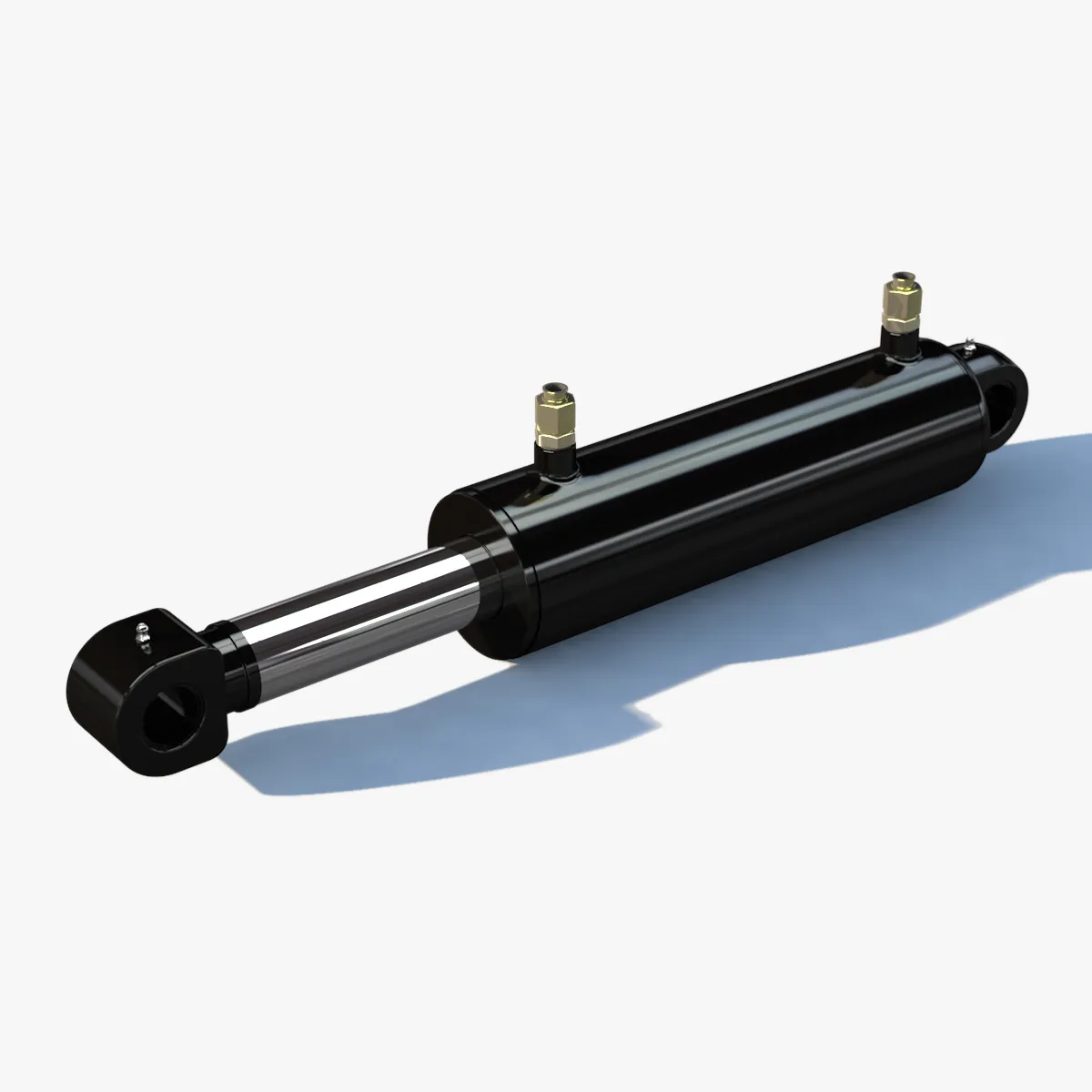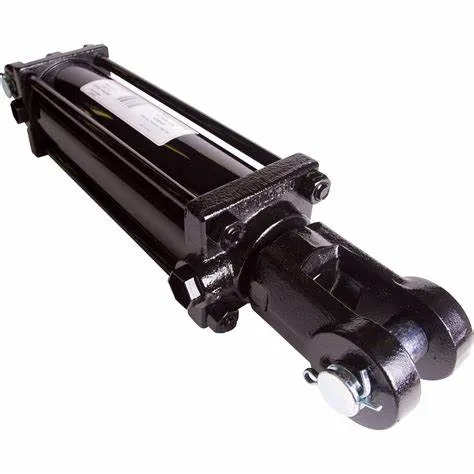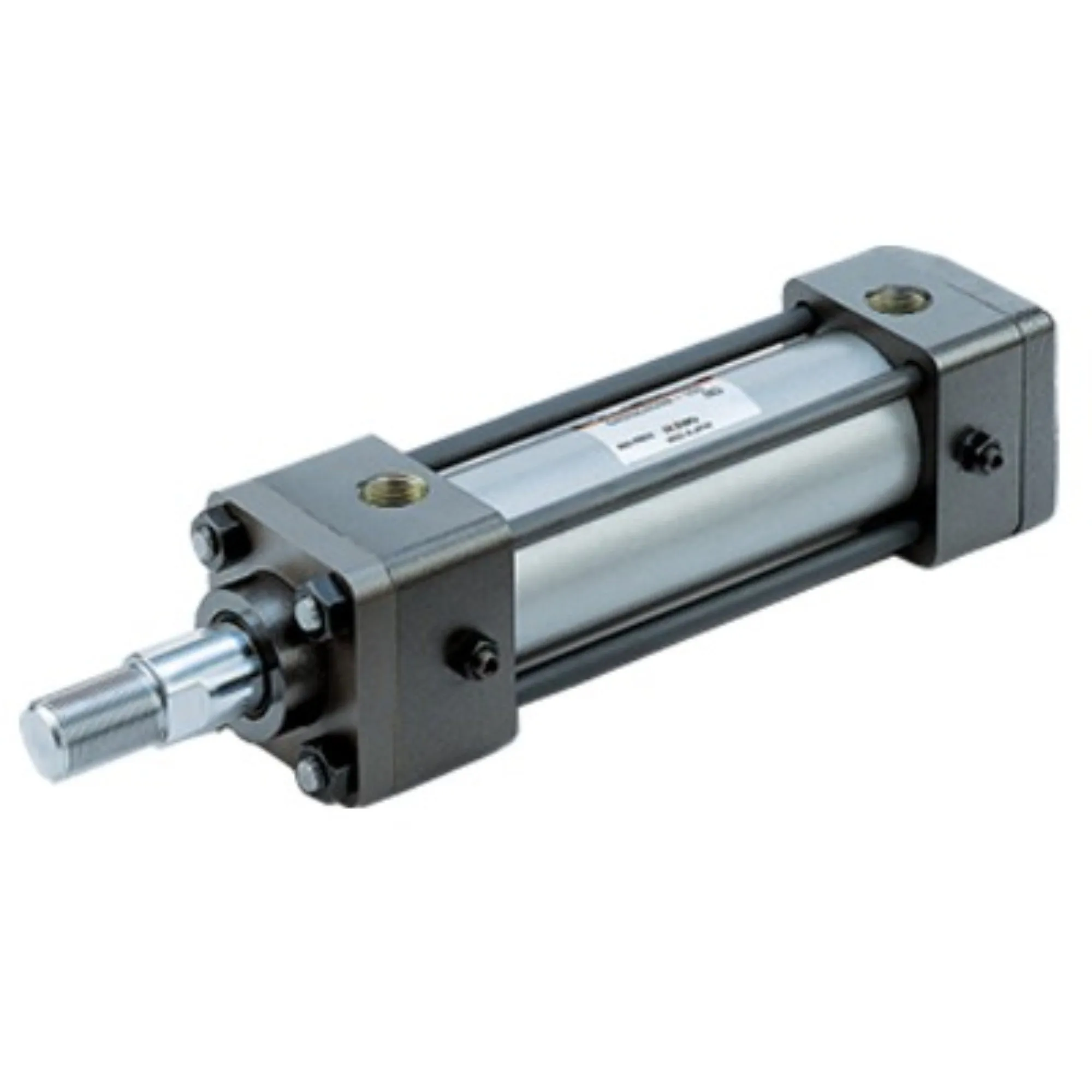Unlocking the Potential: A Comprehensive Guide to Locking Single-Acting Hydraulic Cylinders for Utility Vehicles
Subtitle: Understanding the Key Words
Locking single-acting hydraulic cylinders are a crucial component in utility vehicles, working under hydraulic pressure in one direction with a locking function to prevent movement in the absence of pressure.
Design and Construction Characteristics
Locking Mechanism – Safety
The main feature of these cylinders is the locking mechanism, which ensures that the piston remains in a safe position even when hydraulic pressure is lost, preventing accidental retractions. This mechanism can be mechanical or hydraulic, offering enhanced safety.
Variety
The design of the locking mechanism can be customized to suit specific applications, with options such as spring-loaded devices, pin locks, or other mechanical solutions tailored to meet diverse needs.
Compact Structure – Space Optimization
These cylinders are designed to be compact, making them ideal for use in space-limited environments. They are versatile and suitable for a wide range of equipment and machinery, ensuring efficient operation.
Precision Manufacturing – High-Precision Machining
Strict quality control measures are implemented during the manufacturing process to ensure the components are accurately machined for optimal fit and sealing performance, minimizing the risk of leakage.
Assembly Process
Specialized assembly by skilled technicians is essential to ensure proper installation and calibration of individual components. Pressure testing post-assembly is conducted to verify performance and tightness.
Working Principle
Single-Acting Mechanism
When hydraulic oil is pumped into the chamber, the cylinder extends and pushes the piston outward. The retraction is controlled by a locking mechanism, preventing movement solely by hydraulic pressure.
Locking Mechanism
The locking function, whether mechanical or hydraulic, ensures that the piston remains fixed in position even in the absence of pressure, enhancing safety and stability.
Types and Configurations
Standard Locking Single-Acting Cylinder
This type features a traditional locking mechanism that provides secure positioning of the piston, ensuring reliability and safety.

Customized Locking Single-Acting Cylinder
Custom configurations allow for tailored solutions to meet specific application requirements, offering versatility and flexibility in design.
Compact Locking Single-Acting Cylinder
Designed for space-constrained environments, these cylinders optimize the available space while maintaining high performance and safety standards.
Benefits
Enhanced Security
The locking mechanism reduces the risk of accidental retractions, enhancing operator safety and ensuring stability during operation.
Reliability
Designed to withstand high loads and varying conditions, these cylinders offer consistent performance and durability for long-term use.
Simplicity
Easy to operate and maintain, these cylinders are user-friendly and suitable for a wide range of applications, providing efficient performance.
Application Scenarios
Construction Equipment
Commonly used in cranes, hoists, and lifts where heavy objects need to be securely fixed in place, ensuring safety and stability.
Manufacturing
Utilized in presses for forming materials under high pressure, these cylinders ensure precise positioning and stability during processing.
Transportation
Used in stabilizers and jacks for vehicles to maintain safety during maintenance or transportation, providing reliable support.

Aviation
Integrated into landing gear systems to secure the landing gear in the appropriate position during takeoff and landing, ensuring safe operations.
Design Considerations and Selection Criteria
Bearing Capacity
Understanding the load requirements and ensuring the cylinder can withstand the specified loads is crucial for optimal performance.
Sealing
Effective sealing mechanisms using high-quality materials such as polyurethane and nitrile rubber are essential for preventing leaks and maintaining efficiency.
Durability
Selecting durable components and materials ensures long-term reliability and performance, reducing the need for frequent maintenance.
Safety
Prioritizing safety features such as the locking mechanism and quality construction enhances operational safety and minimizes risks.
Maintainability
Considering ease of maintenance and accessibility for repairs ensures that the cylinder can be serviced efficiently, extending its lifespan.
Sealing and Lubrication

Sealing
Utilizing high-quality seals and proper surface treatments on the cylinder components ensures effective sealing and minimizes wear, enhancing longevity.
Lubrication
Regularly replenishing hydraulic oil and lubricating the cylinder components is essential for smooth operation and preventing friction-related issues.
Regular Inspection and Preventive Maintenance
Regular Inspection
Periodic inspections help identify potential issues early and address them before they escalate, ensuring optimal performance.
Preventive Maintenance
Implementing preventive maintenance measures such as seal replacements and system checks can prevent unexpected downtime and prolong the cylinder’s lifespan.
Installation Guide
Proper installation of the locking single-acting hydraulic cylinder involves secure mounting, alignment, and calibration to ensure optimal performance and safety. Follow the manufacturer’s guidelines carefully to avoid issues and ensure efficient operation.
Unit Power and Optimization
Influencing Factors
Factors such as cylinder diameter, stroke length, operating pressure, piston speed, and load conditions impact the unit power output of the hydraulic cylinder, requiring careful consideration for optimal performance.
Advantages of Optimization
Optimizing the power unit of the hydraulic cylinder can improve efficiency, reduce energy consumption, and enhance reliability, offering multiple benefits for utility vehicles and equipment.
Questions and Answers
How does the locking mechanism in a single-acting hydraulic cylinder work?
The locking mechanism ensures that the piston remains stationary even without hydraulic pressure, providing stability and safety during operation.
What advantages do locking single-acting hydraulic cylinders offer over standard single-acting cylinders?
Locking cylinders provide enhanced security, reliability, and simplicity, making them ideal for applications requiring stable and safe operation.
In what applications are locking single-acting hydraulic cylinders commonly used?
These cylinders are commonly used in construction equipment, manufacturing processes, transportation vehicles, and aviation systems where secure positioning and stability are essential.
Long-Tail Keywords
1. Locking Single-Acting Hydraulic Cylinder with Spring-Loaded Mechanism
2. Customized Locking Single-Acting Cylinder for Heavy-Duty Applications
3. Compact Locking Single-Acting Hydraulic Cylinder for Space-Constrained Environments
Company Focus
As a leading hydraulic cylinder replacement manufacturer, our company offers a complete product line and customized solutions for diverse applications. With a focus on quality, reliability, and customer satisfaction, we have established ourselves as a trusted supplier in the domestic and international markets.
From professional services to international certifications, advanced production equipment, and comprehensive after-sales support, we are committed to meeting the needs of our customers and delivering top-notch hydraulic solutions for utility vehicles and beyond.
Author: lyl

